Your cart is currently empty!
Beyond Red: The Chinese Palette

Whenever one thinks of the Chinese wedding or anything Chinese, red is the defacto colour that comes to mind. But that’s not necessarily representative of the diversity and depth of the Chinese culture and history. In a few days’ time, it will be the Chinese festival of flowers. It’s opportune to reveal a sneak peek of the latest floral+fusion project that I did with a few friends. I am aware that my Sailormoon series still has 4 more to go so I will do that concurrently too!!
Jonathan (from Blanc Studios) and I have been wanting to do a series of modern Chinese wedding-ish shoot to redefine the Chinese wedding aesthetics inspired by the history and taste of ancient past.

We settled on Song dynasty for its minimalist aesthetics which is relevant to the trend today (yes, tastes and trends are very cyclical). There’s a lot of hype over the Yanxi Palace’s supposedly Modi colour scheme, and I’m so over and done with Qing dynasty for a long time to come, so I thought why not just work on the amazing China porcelain glaze which the Song dynasty is known for! It’s definitely more than the blue and white glaze that we automatically think of.
As we live in a world that’s increasingly anti-intellectual, it’s also refreshing to look back into history to a period where there was a thriving intellectual and artistic environment. The beauty that it offered could only be reimagined since these glaze techniques have been lost and there is only a handful of these in the collections of museums and private collectors. It was the culmination of thousands of years of evolution, distillation and crystalisation of finesse.
And of course, China (ware) is a superbly appropriate medium to look at to represent Chinese aesthetics! Chinese Song dynasty culture and aesthetics also influenced Japanese culture heavily such as the use of ground tea powder (matcha) and their tea ceremony. Ikebana was also something that evolved from Chinese floral arrangement traditions. So while many look at Chinese aesthetics as kitschy/gaudy/red-only, it is in my personal interest to explore the alternative aesthetics of the literatis and aristocrats in ancient China.
They created the light elegant turquoise glaze a thousand years before Tiffany Blue patented its colour. And mind you, with an extra touch of understated sophistication.
They experimented and appreciated the more alternative mix of galaxy palette thousand of years before it exploded on social media.
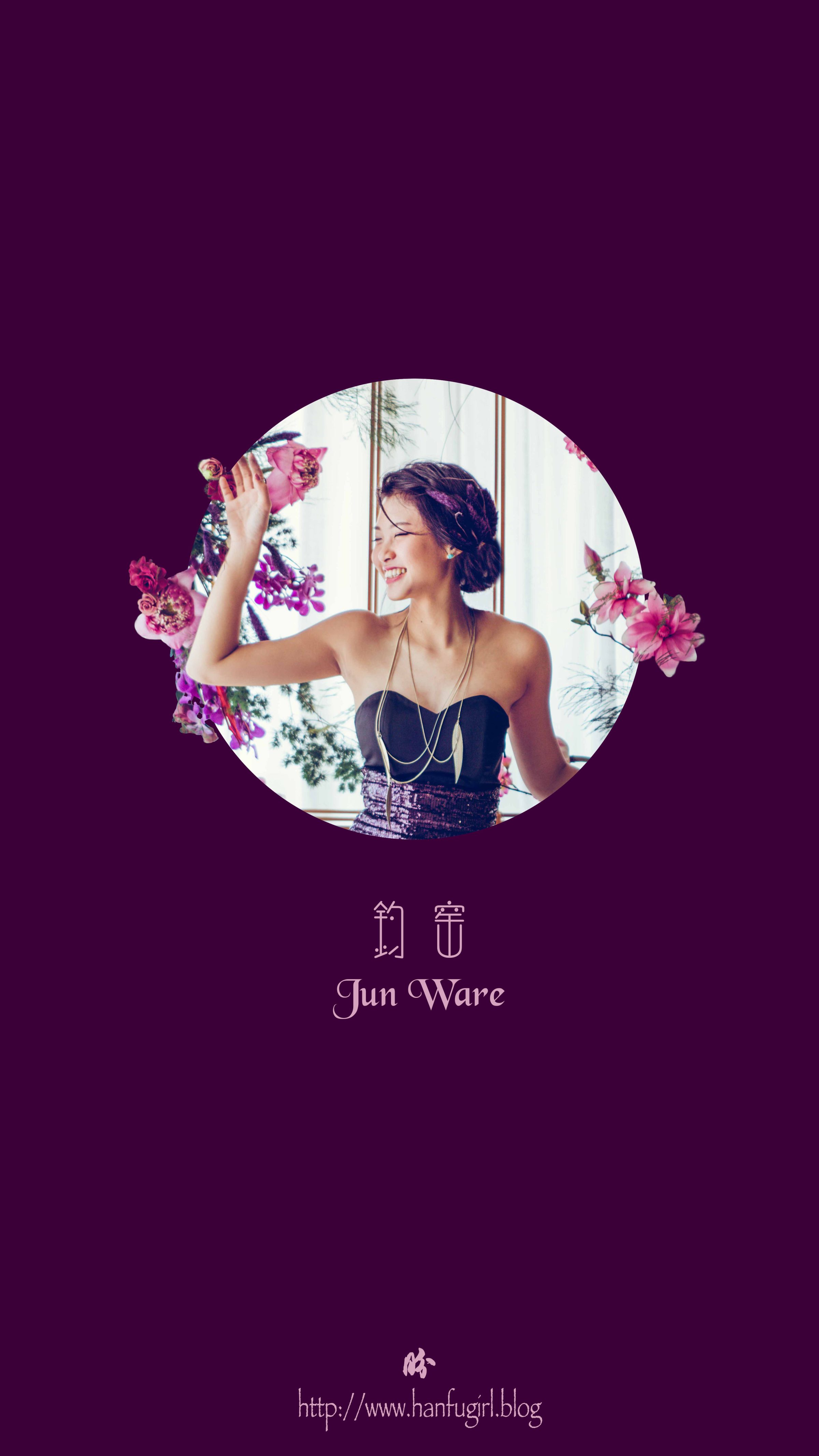 Jun Ware
Jun Ware
They also were the original creator of wabi-sabi aesthetics that values imperfection, before the world associated it with the Japanese ethos. Albeit with much less melancholy.
I’ve also invited Kenny to jazz this up further (is that even possible one might ask, and my reply is a resounding yes!). So he is going to come in with his recommendation of 5 types of tea that would fit the spirit of these 5 glazes according to my interpretation (disclaimer alert). It would be nice if we have an event that serves the 5 teas in Chinaware of these 5 glazes (replicas obviously :P), and get Kenny and Jon to talk about flowers and tea as well.
As we speak, the hanfugirls have just booked a private course on Ikebana with Jon so we’ll be able to share more (hopefully) on our creations soon!
I was just discussing about the Chinese identity, and in particular the Chinese diaspora identity with a new friend. And I echo the recent themes in Aquaman and Wonder Woman–that hybridity is nothing to be ashamed of and it does not make us culturally weaker or more inferior than the “purebred” Chinese (there’s no purebred anyway). I am really embracing the complexity of my Chinese identity these days because sometimes it really takes getting out of the culture to relook and appreciate it.
Diasporas tend to hold on really tight to their culture, fearing to change as if that would make them/us less legitimate as someone of a particular ethnic/culture otherwise. I think diversity cultural identity should empower, not handicap us. It’s great to be a diaspora because you straddle between different worlds, and you benefit from the multiple perspectives. You acquire different languages of understanding due to this exposure, and there’s more lateral thinking that’s possible as a result of this.
So this series is to redefine and challenge our assumptions and the world’s stereotypical idea of what they understand or know about the Chinese culture and wedding look. I will go into individual look and the special glaze of the Song dynasty in the individual posts.
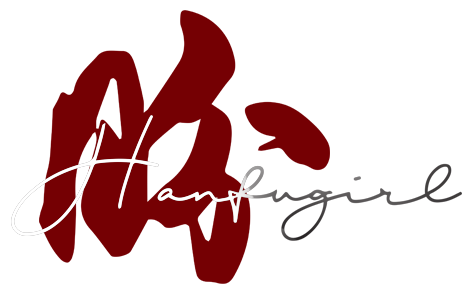
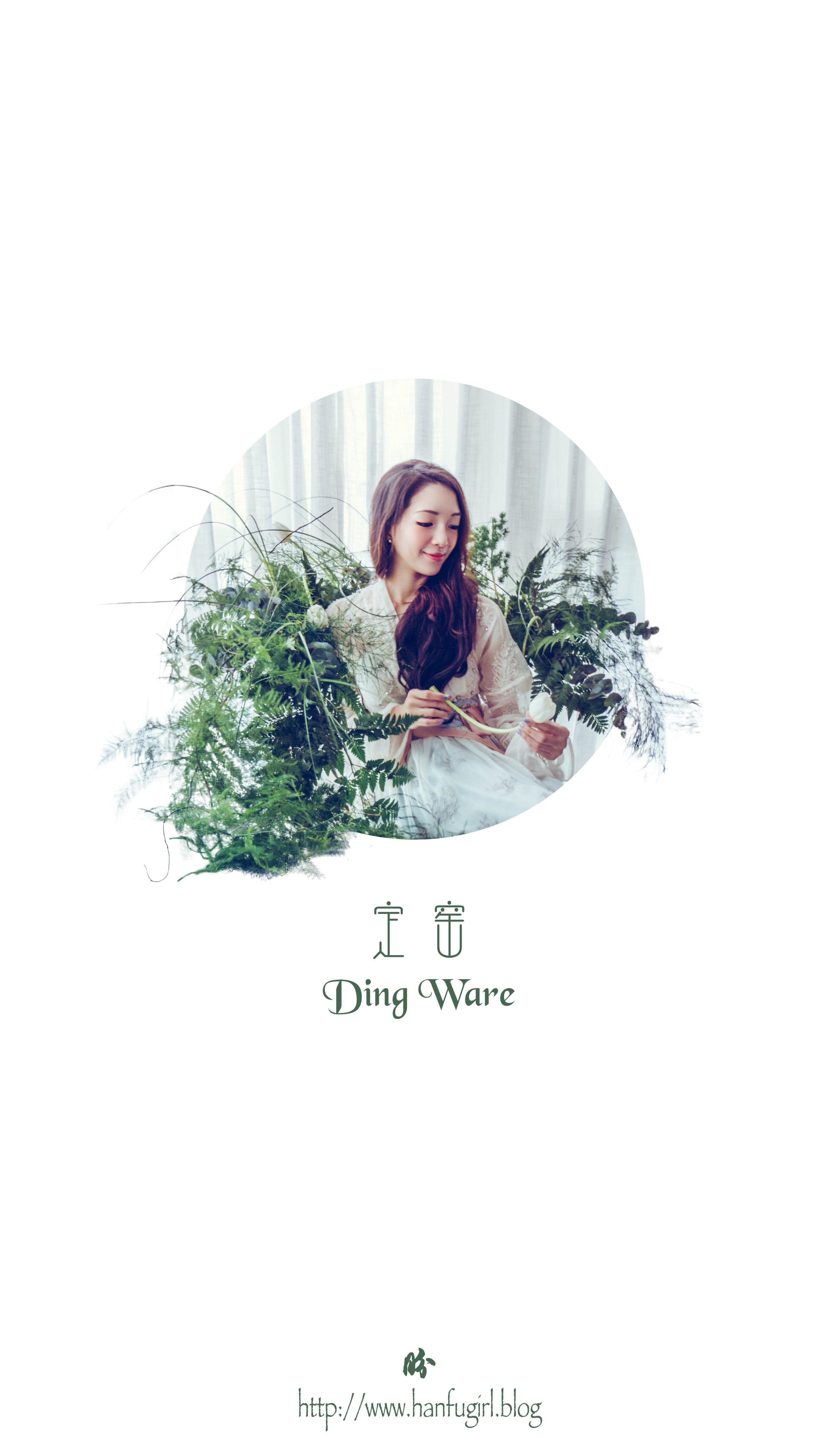 Ding Ware
Ding Ware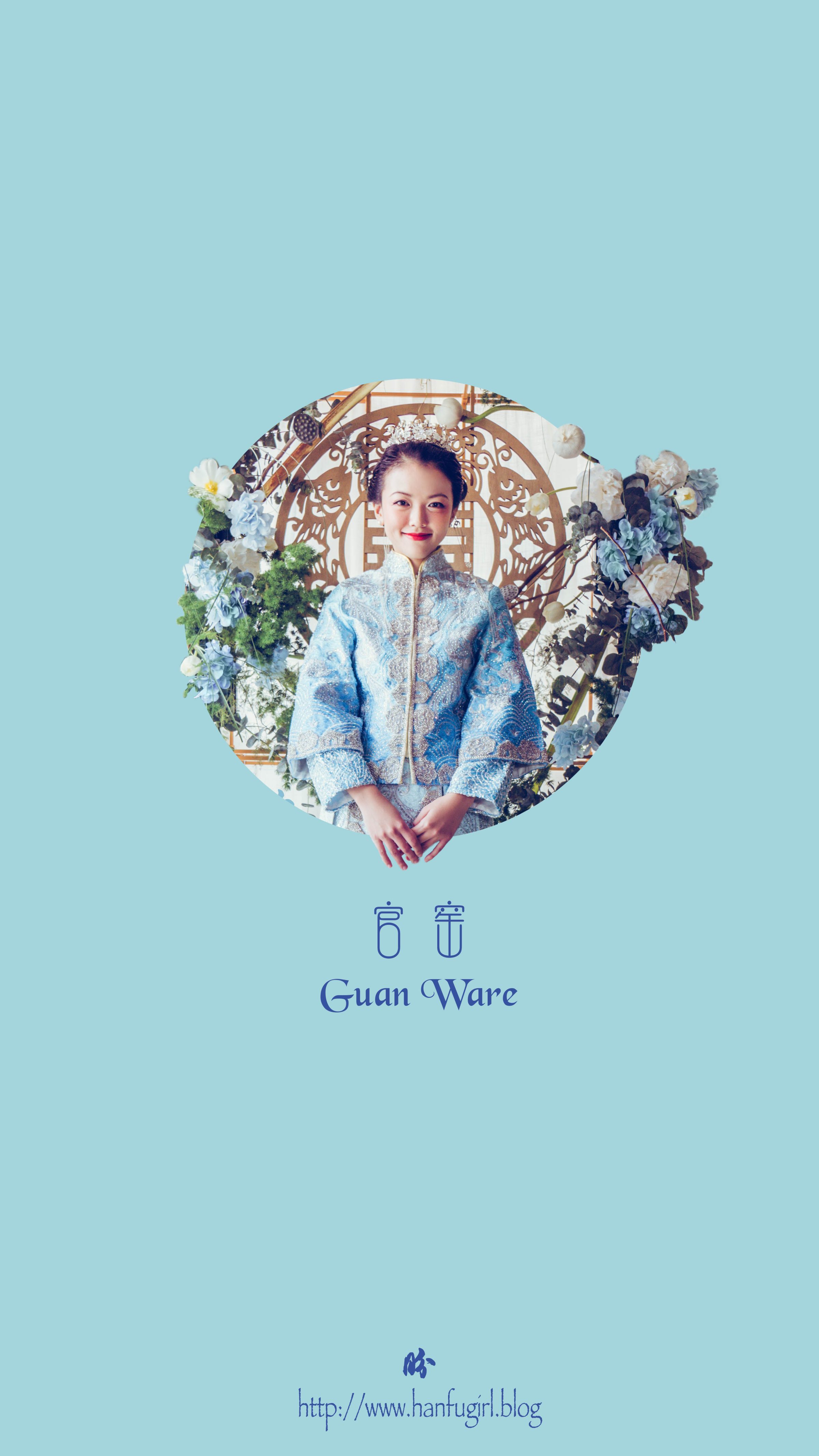
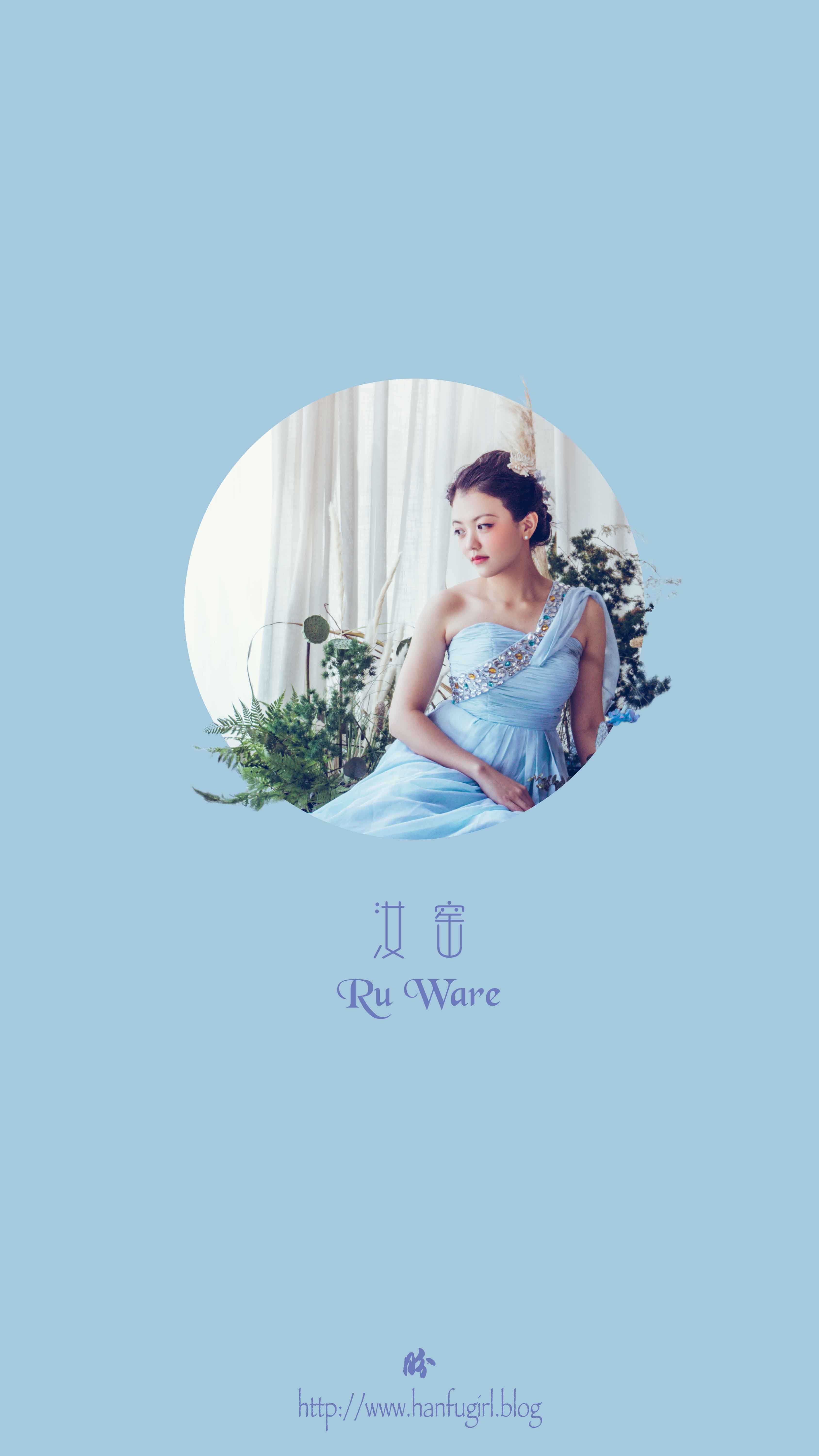 Ru Ware
Ru Ware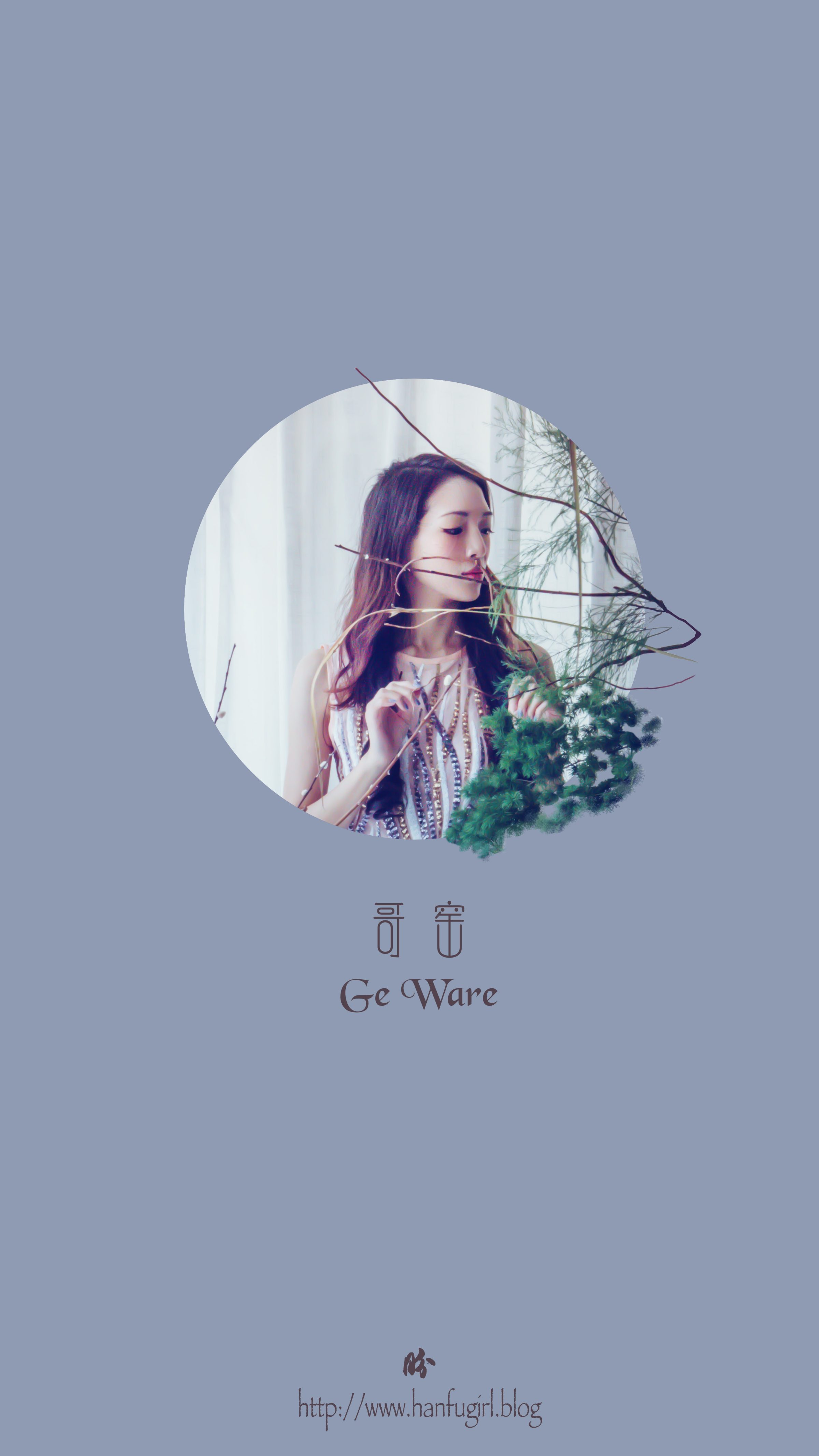 Ge Ware
Ge Ware
Leave a Reply